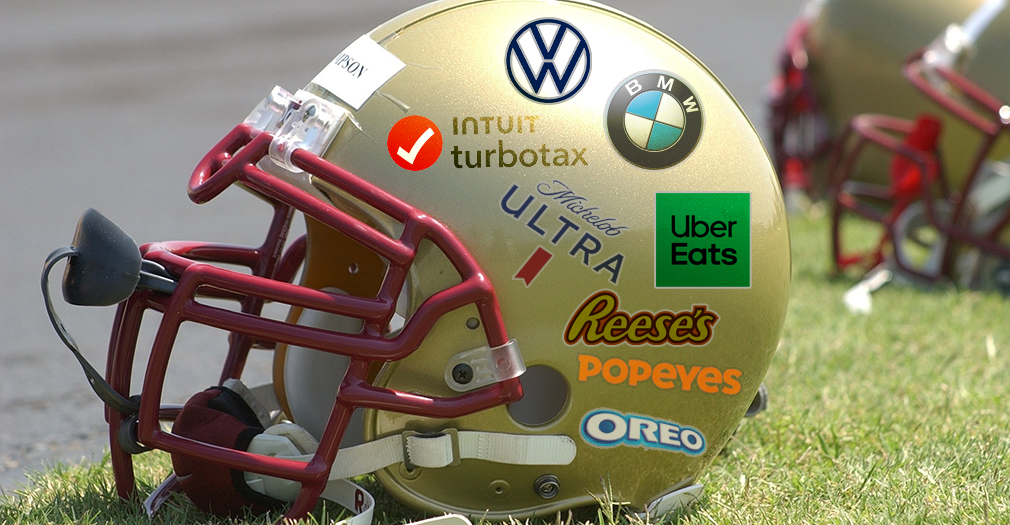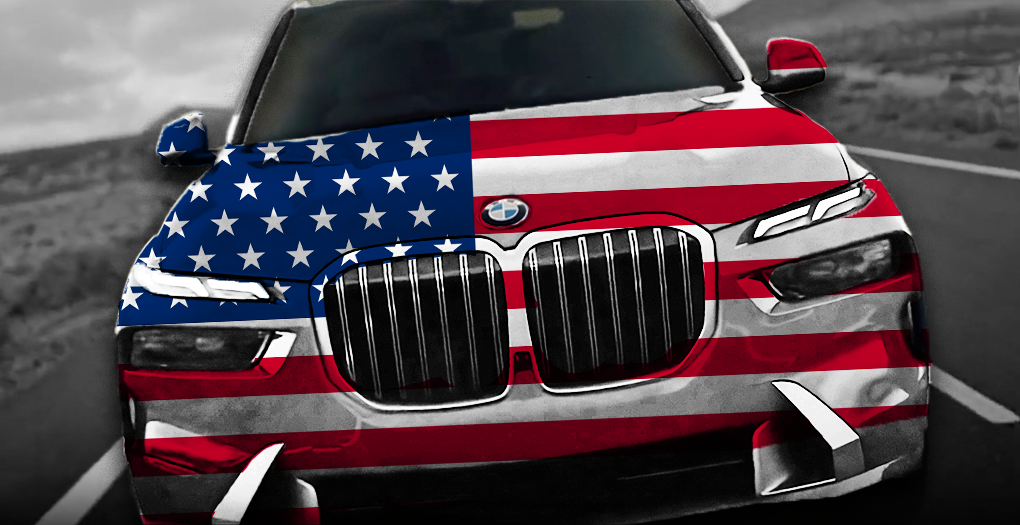
These Super Bowl LVIII Advertisers Have Been Taken to Court for Deceptive Marketing
Several of this year’s Super Bowl advertisers have run into legal trouble for alleged deceptive marketing.
TINA.org files complaint over USA-made claims for automaker's X models.
|
UPDATE 11/29/23: BMW hasn’t aired its “Manufactured in Spartanburg, South Carolina” national TV commercial since October, according to ad-tracking firm iSpot.tv. In addition, the automaker has changed the privacy settings for two of its YouTube videos that make deceptive U.S.-origin claims to “unlisted,” meaning only people who have links to the videos can view them, and four local BMW dealerships have removed webpages that contained deceptive U.S.-origin claims identified by TINA.org. Our original article follows.
For years BMW has advertised that its X models are made in America at an 8 million-square-foot factory in South Carolina where the German automaker claims it puts out 1,500 cars a day.
“Our most versatile BMW X range vehicles are proudly manufactured right here in Spartanburg, South Carolina,” the car company says in a national TV ad that debuted last year.
Local BMW dealerships, meanwhile, tell consumers that they can be proud driving away with “a luxury car made in the U.S.A.”
But the reality is the BMW X range vehicles are either assembled in the U.S. using a substantial amount of imported parts or entirely imported from foreign countries.
In fact, TINA.org has compiled a sampling of more than 500 2023 BMW X range vehicles for sale throughout the United States that are from plants located in either Germany or South Africa, according to each car’s unique vehicle identification number or VIN.
Under the FTC’s Made in USA standard, “made,” “manufactured” or “built” in the USA means that “all or virtually all” the product has been made in America. By contrast, the “most American” 2023 X model, the X3, is made up of only 40 percent U.S./Canadian content, according to data from the National Highway Traffic Safety Administration (NHTSA). The X2 has 0 percent U.S./Canadian content.
On Tuesday, TINA.org filed a complaint with the FTC urging the agency to open an investigation into BMW’s made in the USA claims and take appropriate enforcement action.
The complaint comes nearly a year after TINA.org sent BMW a letter regarding its deceptive marketing of certain vehicles as “built” or “manufactured” in the United States. That November 2022 letter was part of a larger investigation into misleading made in the USA claims in the automotive industry, which resulted in several automakers removing marketing materials flagged by TINA.org.
But not BMW. As TINA.org noted in its complaint to the FTC:
Since then, BMW has done nothing to correct its deceptive marketing. To the contrary, the company has continued airing its “Manufactured in Spartanburg” television commercial, among other things, sending a clear message that the automaker will not stop deceiving American consumers unless forced to do so.
It’s also crucial that the FTC acts in order to prevent misinformation at the dealership, where consumers may feel more pressured to make a purchasing decision without conducting their own research.
For example, in response to the question, “Where is BMW Made?” a BMW dealership in Georgia answers on its website, “BMW has been manufacturing cars in the U.S. since 1994, and we’re proud to share this with any driver who asks us if BMW is a foreign car.”
BMW isn’t the first German automaker with a factory in South Carolina that TINA.org has found making deceptive made in the USA claims.
In 2019, in response to a TINA.org investigation and letter to the car company, Mercedes-Benz halted a multimillion-dollar marketing campaign for its Sprinter van that deceptively advertised the vehicle as “built in the USA.”
What consumers can do
Patriotism sells a lot of things, and that includes cars. Not only do consumers prefer products that are made in America, they are willing to pay more for them. And if you’re wondering how much BMW’s X models cost, there’s a big range. The X3, for example, starts at $46,900, while the XM starts at $159,000.
But consumers need to remember that there is no such thing as a made in the USA car.
However, there are ways of figuring out how much domestic/foreign content is in a car.
As referenced above, the NHTSA makes certain origin information available online. Consumers can also check the Monroney label, which is affixed to the side of new cars on dealer lots (and also available online) and may include origin information, though the label also does not differentiate between the percentage of U.S. and Canadian parts.
Find more of our coverage on cars here.
Several of this year’s Super Bowl advertisers have run into legal trouble for alleged deceptive marketing.
Some of the worst ads TINA.org covered this year.
MADISON, CONN. Oct. 18, 2023—Ad watchdog truthinadvertising.org (TINA.org) has filed a complaint with the Federal Trade Commission against BMW for making deceptive Made in USA claims. Despite advertising that its…

